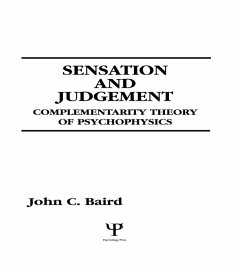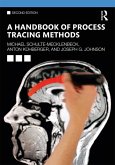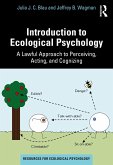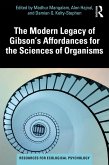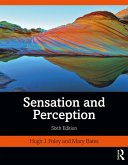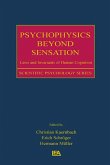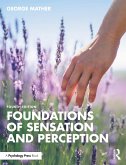This work admits the validity of both forms of theory by arguing that the same empirical phenomena should be conceptualized in two alternative, apparently contradictory, ways. This acceptance of opposites is necessary because some empirical phenomena are best explained in terms of sensory processes, while others are best ascribed to central causes.
The complementarity theory stresses the "mutually completing" nature of two distinct models. The first assigns importance to populations of sensory neurons acting in the aggregate and is formulated to deal with sensory effects. The second assigns importance to judgment uncertainty and to the subject strategies induced by experimental procedures. This model is formulated to explain context effects. Throughout the text, the exposition is interlaced with mathematics, graphs, and computer simulations designed to reveal the complementary nature of psychophysical explanations.
Dieser Download kann aus rechtlichen Gründen nur mit Rechnungsadresse in A, B, BG, CY, CZ, D, DK, EW, E, FIN, F, GR, HR, H, IRL, I, LT, L, LR, M, NL, PL, P, R, S, SLO, SK ausgeliefert werden.

